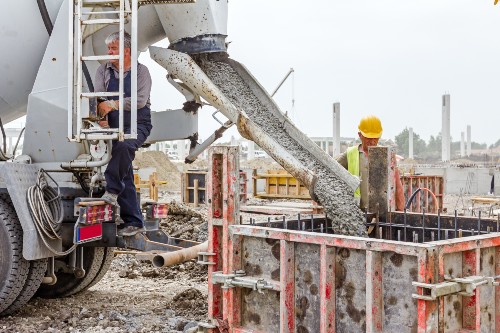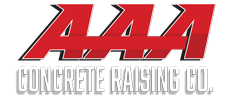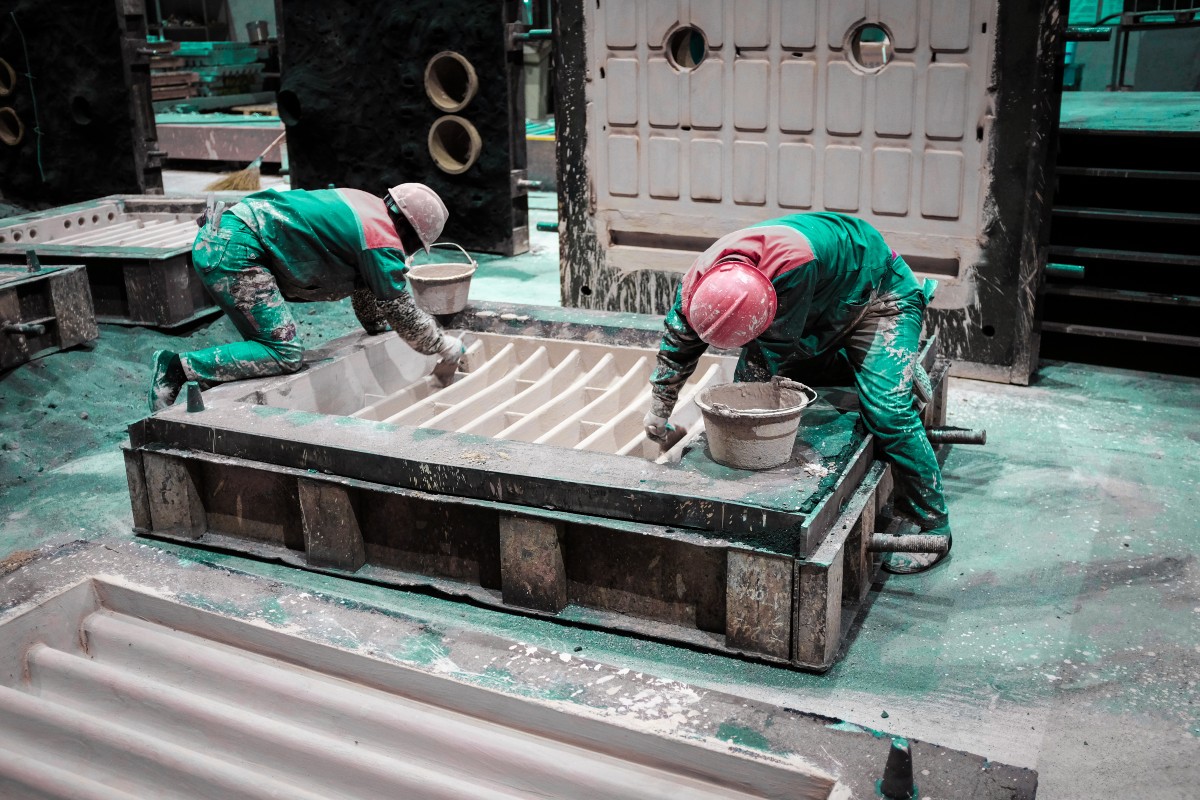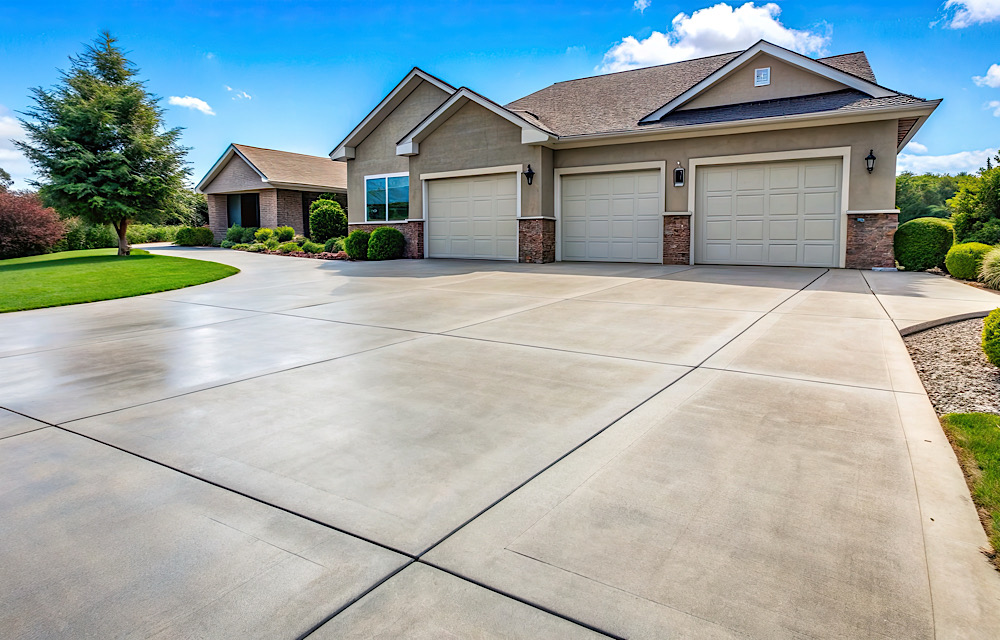Concrete molds can be used to create durable surfaces that resemble other beautiful but costly materials. Read on to learn how molds can be used to make attractive, functional patios, walkways and porches; and find out how to ensure adequate underlying support to promote long-term durability.
The Basics
Concrete molds can be used for a variety of purposes. Many people use them to create meandering garden paths or alluring patio designs. In addition to shaping the concrete, some molds add attractive textures. Combined with concrete stains, these textures can mimic more expensive materials, such as slate, brick and flagstone. Stamped concrete can provide similar results, but these are generally used on poured concrete surfaces.
Mold Materials
Concrete molds for smaller projects can be designed in different ways. Certain ornamental molds will have textured design details in the bottom and, in some instances, the sides of the mold. Once the concrete has dried, the user removes the mold, and the details are revealed in reverse in the concrete shape. It’s usually best to oil the molds beforehand, so the concrete will slip out without sticking to the mold. Otherwise, the fine details are likely to be marred or completely damaged as the concrete mold is removed.
Other types of concrete molds are plain on the sides and bottom. Once the molds are filled and the surface is properly leveled, details can be added to the wet concrete. Carved and mosaic concrete shapes are often generated this way.
 For small-scale projects, concrete molds can be customized in a particular shape. Melamine-coated molds made of particleboard are a good choice for creating molds in many different shapes. Wet concrete won’t adhere to this plastic surface, which makes it much easier to remove the mold from the dried concrete.
For small-scale projects, concrete molds can be customized in a particular shape. Melamine-coated molds made of particleboard are a good choice for creating molds in many different shapes. Wet concrete won’t adhere to this plastic surface, which makes it much easier to remove the mold from the dried concrete.
You can purchase ready-made plastic molds in a variety of forms. Many are capable of producing highly detailed concrete pieces. Likewise, all sorts of ordinary everyday objects can be utilized as makeshift concrete molds. For instance, a simple basket lined with plastic sheeting can serve as a mold in a pinch.
Crafters sometimes build their own personalized concrete molds with liquid latex. or urethane rubber. The rubber is typically poured, painted or sprayed onto a properly prepared surface and left alone to thicken over time. The rubber concrete mold, which creates a mirror image of the primary object, is then peeled off. It’s then usually filled with wet concrete to make an accurate replica of the original. Faux bois imitation wood grains are often made using this method.
Due to the complexity, limitations and tedium associated with molded concrete, many people opt for stamped, textured or imprinted concrete surfaces. These can be used to replicate stones, such as flagstone and slate, brick, tile and even wood. The wide variety of color and pattern options make it popular for pool decks, driveways, patios and walkways. It’s an affordable and beautiful paving option that requires little maintenance compared to other materials.
Preparing the Underlying Surface
When installing stamped or molded concrete surfaces, it’s important to properly prepare the underlying surface. Improper compaction of the subsoil can cause the concrete to shift and even crack over time. This is especially true if you are applying the molds over the top of an existing concrete surface that has begun to crack or sag. The same is true if you are refreshing an existing concrete surface with a layer of fresh concrete with stamped patterns.
In these instances, you should take steps to level the underlying concrete surface before you begin work. Instead of replacing the surface, you can usually opt for mudjacking. This cost-effective concrete-leveling solution dramatically reduces the risk of repeat sinking. The fast, reliable process fills up any underlying gaps with a liquid slurry that hardens into solid matter that won’t wash away over time.
Once it elevates and levels the concrete, the slurry will solidify into a dense foundation material that will support concrete molds or a layer of fresh stamped concrete. Your rejuvenated concrete surface will look beautiful and remain durable for years to come.
Serving Colorado homeowners and businesses for more than two full decades, AAA Concrete Raising can meet all your concrete restoration needs. Using innovative equipment and leading-edge techniques, we’ve eliminated the need for awkward, loud machinery, ensuring an efficient, timely job that won’t disturb the neighborhood. Contact our attentive team of professionals to learn more.





